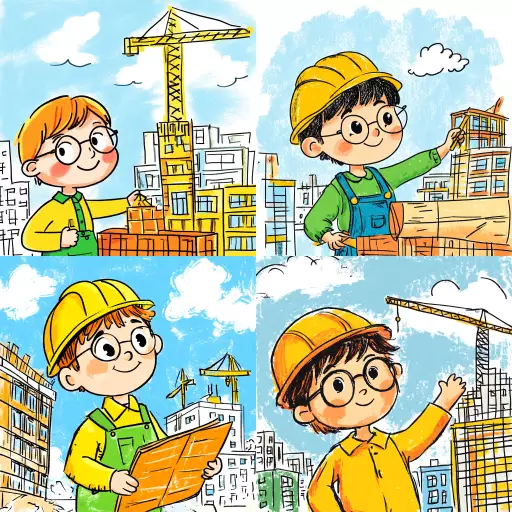Explore the Best AI Image Gallery

Where Art Meets Tech: Exploring the Transformative Power of AI Image Creation Tools
The art world is undergoing a seismic shift, fueled by the rapid advancements in artificial intelligence (AI). One of the most captivating manifestations of this transformation is the emergence of AI image creation tools – sophisticated algorithms capable of generating stunning and original visual content.
These tools, powered by deep learning techniques, are no longer confined to the realm of science fiction. They empower anyone, from seasoned artists to amateur hobbyists, to conjure breathtaking images with just a few words or prompts. This unprecedented accessibility has ignited both excitement and debate about the future of creativity in an AI-driven world.
Impact on the Creative Industry
The implications of AI image creation tools for the creative industry are far-reaching and multifaceted:
- Democratization of Art: AI removes the barrier to entry for aspiring artists, enabling them to explore their creative visions without needing extensive technical skills or expensive equipment. This democratization fosters a more inclusive and diverse artistic landscape.
- Enhanced Efficiency and Productivity: Artists can leverage AI tools to streamline repetitive tasks, such as generating multiple variations of a design or creating backgrounds for illustrations. This frees up time for them to focus on the more conceptual and creative aspects of their work.
- New Creative Possibilities: AI algorithms can explore uncharted territories in artistic expression, generating novel concepts and styles that may not be conceivable through traditional methods. This opens up exciting avenues for experimentation and innovation.
Potential Uses Across Industries
The applications of AI image creation tools extend far beyond the realm of fine art. They are finding use in diverse industries:
- Marketing and Advertising: Generating eye-catching visuals for social media campaigns, product mockups, and marketing collateral.
- Design and Architecture: Creating 3D models, visualizing architectural concepts, and generating design iterations quickly and efficiently.
- Education and Research: Visualizing complex data sets, creating educational materials, and assisting in scientific research.
- Entertainment and Gaming: Generating character designs, environments, and special effects for video games and movies.
Ethical Considerations
As with any powerful technology, the development and deployment of AI image creation tools raise ethical concerns:
- Copyright and Ownership: Questions arise regarding the ownership of AI-generated art. Who holds the copyright – the creator of the algorithm, the user who provides the prompt, or the AI itself?
- Bias and Representation: AI algorithms are trained on vast datasets, which can reflect societal biases. This can result in AI-generated imagery that perpetuates stereotypes or underrepresents certain groups.
- Misinformation and Deepfakes: The ability to create realistic synthetic images raises concerns about the potential for misuse, such as generating fake news or creating convincing deepfakes for malicious purposes.
Future Trends
The field of AI image creation is rapidly evolving. We can expect to see:
- Increased Accessibility: User-friendly interfaces and cloud-based platforms will make AI image generation more accessible to a wider audience.
- Personalized Creativity: Tools that allow users to customize the style, composition, and content of AI-generated images will become increasingly prevalent.
- Integration with Other Technologies: AI image creation will be seamlessly integrated with other technologies, such as virtual reality (VR) and augmented reality (AR), creating immersive and interactive experiences.
As we navigate this transformative era, it is crucial to foster open dialogue and responsible development practices. By addressing the ethical challenges and harnessing the immense potential of AI image creation tools, we can unlock new frontiers in creativity and innovation.









](https://images.ai-img.art/thumbnails/150/4289d1230b86a96c4d556636c3167bed0ef38f850826549517e4e45db4d87bf7.webp)




](https://images.ai-img.art/thumbnails/150/008b5d5d49667cc2e93a5f8a8adfaa545963da99c39ff0901f5296294636400d.webp)




](https://images.ai-img.art/thumbnails/150/bddf3ae4a232290858389b933c866ad3be429ef2e25c23a9f4d7713ed6e44d0b.webp)





](https://images.ai-img.art/thumbnails/150/f9584153b4cddd8c9fab611dc10247549b275c59bc173251e37d0935874f9deb.webp)












](https://images.ai-img.art/thumbnails/150/c2c9c48b38fae37f0a457b80b084ed01ba803810fc8f488c8f610c03abc74049.webp)

](https://images.ai-img.art/thumbnails/150/f67d9af3398150f2ab1bcf250717fea134275e2ca896252b54a4d9bb3719f9ac.webp)
